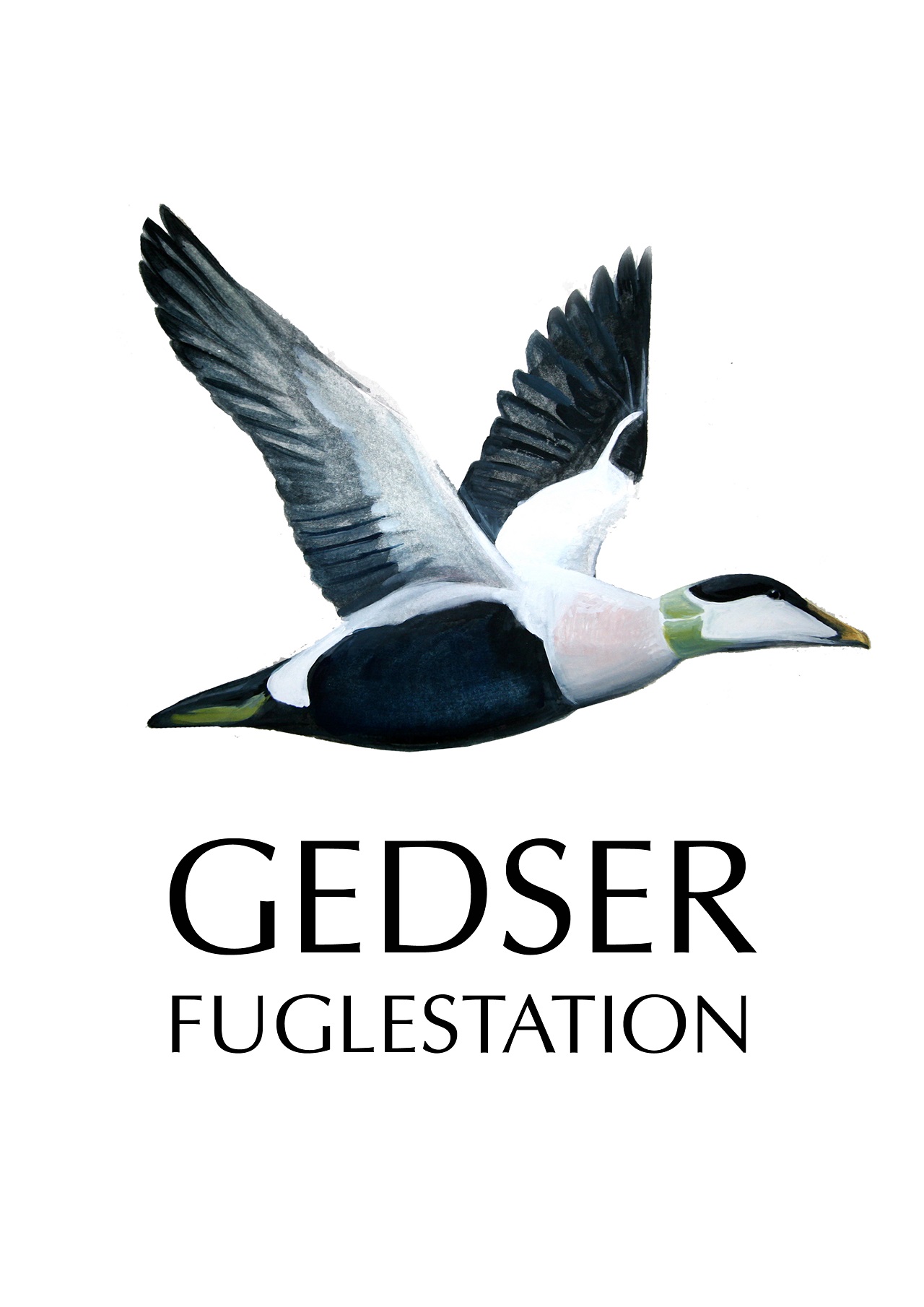Gedser Fuglestation Blog
Her på Gedser Fuglestations blog bringes korte nyheder i dagbogsformat om hændelser på fuglestationen.
Rødtoppet Fuglekonge and Euchromius ocellea
The morning started again with many birds in the nets and we were busy with lots Robins “Rødhals”, it is mainly first calender year birds that we are catching, today we had 50 new and 2 recaps. We are also getting a lot of Chiffchaffs “Grånsanger” now, 35 new today and 2 recaps. The variety of species is not that big at the moment, just 11 species but one small but very nice, a Firecrest “Rødtoppet Fuglekonge”, which came exactly in the right time for the visiting family group, that came to the bird observatory today. So we also had some guiding to do, and Tina also came for this. John Hartwich also came to the station today and mowed our lawn, thanks for that!
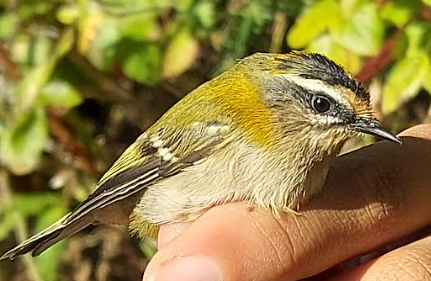
Rødtoppet Fuglekonge (Firecrest)
The night was a bit cold, which is not so good for attracting moths, as they are not keen to fly. But we still had 12 species and two were catching my attention this morning. I found a Blue Underwing (Blåt Ordemsbånd) resting on the wall behind one of the lights we are using to attract moths. This a really large one. Another moth (much smaller) was also sitting on the wall. The English name is Belted Grass-veneer and it has no Danish name (Latin name is Euchromius Ocellea). In Naturbasen there is only one entry on Bornholm also from this year. It is caught more but just by people that are not using this database. It is a cosmopolitan species and is widespread in the tropic and subtropic regions, but is a rare migrant in the nordic parts of Europe including the UK and the Netherlands. In Arter more finds can be found.
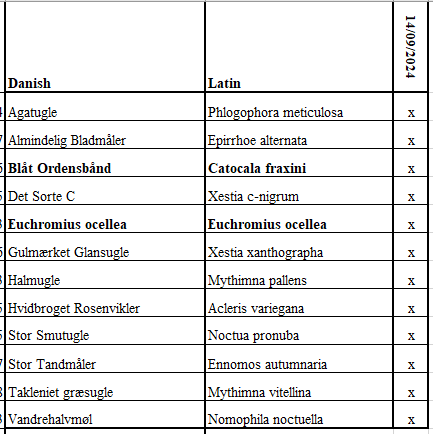

Blåt Ordensbånd (Blue Underwing)
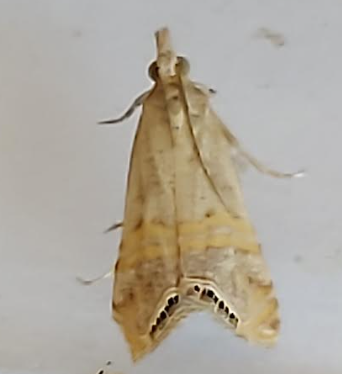
Belted Grass-veneer (Euchromius ocellea)
Migration counts at Gedser Odde
by Lara W
This morning brought bright sunshine and clear skies, and with it the promise of higher migration numbers, and the day definitely delivered! We were lucky to get some fantastic views of several White-tailed eagle/Havørn (Haliaeetus albicilla), (see photos below!), with one particular bird flying particularly close to us. If you look closely, you will notice a black trim to the edge of the tail feathers, denoting a young adult bird – most likely 5 or 6 years old. A fantastic sight to see! Also teasing us with their presence were a couple of Black Kite/Sort Glente (Milvus migrans) and Red Kite/Rød Glente (Milvus milvus), plus a Lesser spotted eagle/Lille Skigeørn (Aquila pomarine) far off in the distance; perhaps we will see her closer tomorrow if she decides to migrate.

Migration numbers were far above what we have seen over the past week, totalling 3083 individuals of 38 species. We hit the ground running, with several large Teal/Krikand (Anas crecca) flocks skimming across the waters as soon as we arrived just after 0600, with 298 Teals counted over five hours, most of which were seen within the first two! The most numerous overall was the Common scoter/Sortand (Melanitta nigra), of which 538 were counted, after that, 358 Wigeon/Pibeand (Anas Penelope), were spotted, generally in same-species flocks but with occasional Pintail/Spidsand (Anas acuta), or Teal interlopers. Several long lines of Cormorant/Skarv (Phalacrocorax carbo) were seen, as were occasional wader groups, such as Oystercatcher/Strandskade (Haematopus ostralegus) and Ringed plover/Stor Præstekrave (Charadrius hiaticular). A few Red-throated Diver/Rødstrubet Lom (Gavia stellata) and Black-throated Diver/Sortstrubet Lom (Gavia arctica) were also spotted, much to our delight!
Raptor migration was relatively poor given the NNW/NNV wind direction, which also influenced a number of passerines. Several hundred Swallow/Landsvale (Hirundo rustica), were noted flying north, who most likely will switch direction and fly south again as soon as the winds change – the instinctual urge to migrate will potentially be overriding their navigational capacity at this point…hopefully it will switch within the next few days to align with their target location, far to the south.
Today was an exceptional day in terms of numbers for Larissa and I. Perhaps old hat for the more seasoned birders at Gedser, but truly an eye-opener for us new kids on the migration-counting block. To see that much life stream past you in just a few hours is really quite something. It does not matter how long you have been birding: to see the gigantic and historic process of migration in action really is a sight to see.
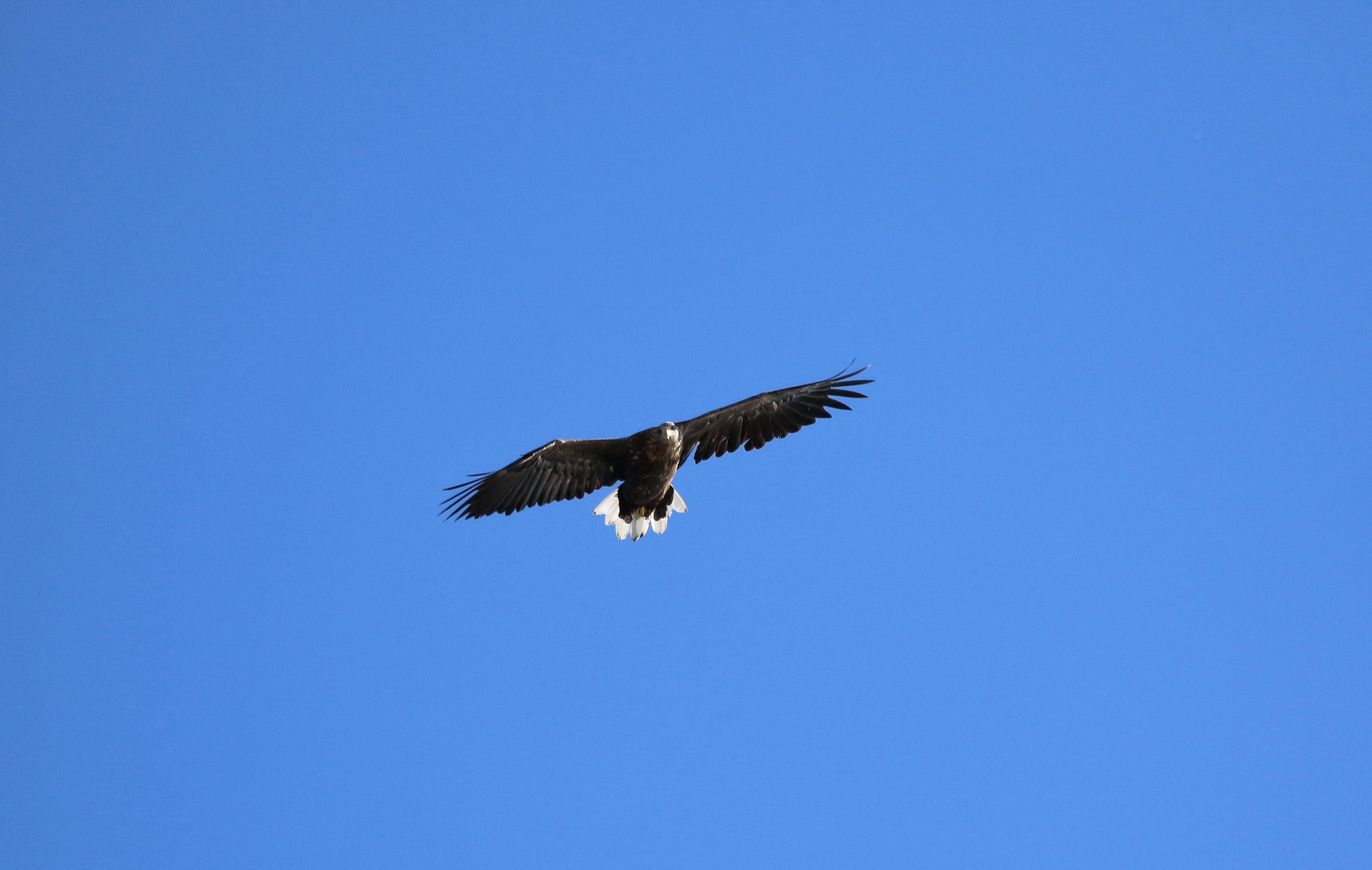
People: Lara Winsloe, Larissa Britton, Robert Luttik, Hanelie Sidhu
